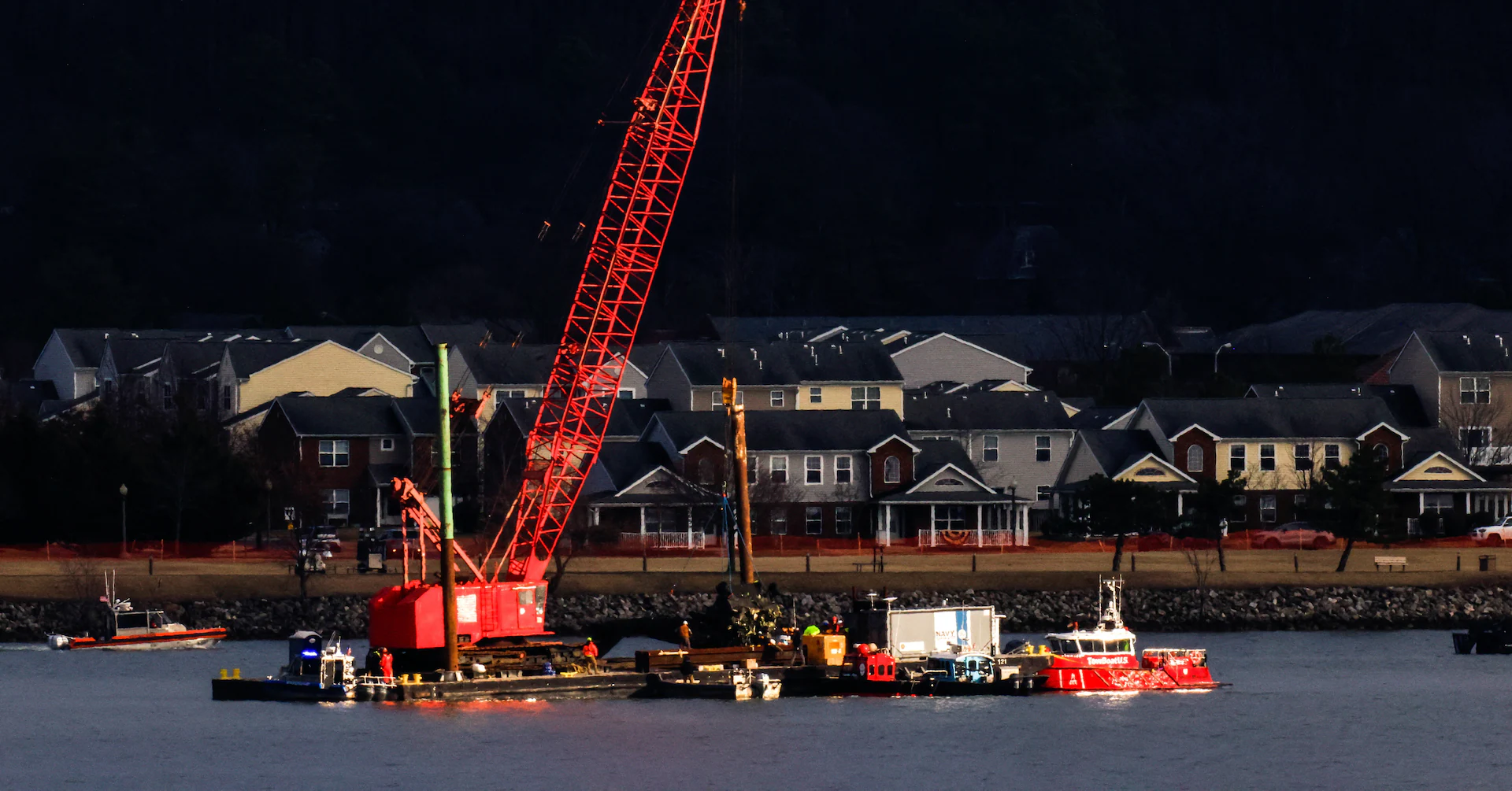Copyright Salt Lake City Deseret News

There may be no place else in the world where the importance of technological advancements are as highlighted as on the battlefields of the ongoing war between Russia and Ukraine. On the opening day of 47G’s aerospace and defense-focused Zero Gravity conference Tuesday in Salt Lake City, Dmytro Kushneruk, Ukrainian consul general, shared some insight into how his country is countering its exponentially larger and more powerful adversary in real time. “Companies can build some military technology for how profitable it is, but Ukraine has to build because it is our survival,” Kushneruk said. Ukraine’s ongoing defense of Russia’s invasion, which will mark its four-year anniversary in February, has evolved into the world’s first full-fledged drone war. Kushneruk explained how squads of Ukrainian soldiers now command mini drone air forces and are constantly modifying and adapting their flying weapons to counter Russian tactics and superior firepower. “This is the reality,” Kushneruk said. “That happened because when Russia attacked Ukraine it was a much larger army. We’ve learned that you don’t have to have very expensive weapons to control the skies.” A growing sector, but not by accident Defense technology is among the four areas of focus for aerospace and defense industry group 47G. Its two-day conference at the Salt Palace Convention Center drew some 3,000 attendees and over 100 exhibitors, nearly quadrupling the crowd at last year’s inaugural event. Former Utah lawmaker Brad Wilson, currently serving as chairman of 47G’s board of directors alongside his responsibilities as CEO of the Organizing Committee for the 2034 Olympic and Paralympic Winter Games, said the gathering aims to “unite one of the most dynamic aerospace and defense ecosystems in the U.S. and position Utah as the premiere destination for the future this industry.” “Today the aerospace and defense sector supports hundreds of thousands of jobs statewide and is the fastest growing aerospace and defense industry ecosystem anywhere in the U.S.,” Wilson said during welcoming remarks. “And it is not growing by accident. It’s growing because the talent is here, the universities and labs are here, the supply chains are here, the open air space is here, the business climate is here and, most importantly, the collaboration with all of you is here. That’s what this summit is built on.” Aaron Starks, 47G president and CEO, noted Utah is home to over 600 companies with government defense contracts and a long history of bonafides in the four key areas of defense technology, space, energy and advanced air mobility. Those efforts include the upper atmospheric research work Utah State University was doing in the 1950s that turned out to be the early seeds of what would become the institution’s massive Space Dynamics Lab; Utah’s competition with Florida’s Kennedy Space Center in the early 1970s to host the Space Shuttle program (a contest that was closer than many people realize); and the recent increased use of Dugway Proving Ground as a preferred destination for a growing list of both private and public space flight operations. Why not build it here? Among the companies with a Utah presence are aerospace giant Northrop Grumman which has a more than 80-year history in the state, famously test firing its rocket engines at a facility in Promontory, not far from where the Golden Spike joined the last sections of the nation’s first transcontinental railroad. The company is the biggest aerospace employer in Utah and continues to bet big on the Beehive State, last year announcing a massive expansion and plans to add 1,200 new jobs in coming years. Utah Gov. Spencer Cox shouted out Northrop Grumman in his comments Tuesday, noting the company recently completed a new, 1 million square-foot facility at Hill Air Force Base that will play a part in the company’s contract to replace the aging Minuteman ICBM missile systems. Cox said one of the foremost goals of his second term in office is to reinvigorate “the very things that made America the greatest country in the history of the world.” “We’re building again,” Cox said. “Our mantra for the second term is ‘build here.’ One of the mistakes we’ve made as a country is we just stopped building.” That ‘build here’ credo is supported in a number of new Utah-based efforts including Cox’s Operation Gigawatt, a program aiming to greatly expand Utah’s energy production and transmission in the coming years. Another is 47G’s Project Alta project, launched last year, which is working to establish a system of regional corridors to accommodate electric-powered parcel and passenger-carrying air taxis that have been in development for years and are set to fundamentally reshape the future of transportation. Project Alta has teamed with Cox’s office, Utah Department of Transportation, Utah Inland Port Authority and private industry representatives on a phased plan that would expand drone-based mobility from small package delivery to freight/heavier cargo, build infrastructure in partnership with federal regulators and, in the next decade, set the stage for passenger transport. The state is also engaged in an effort to assess the feasibility of a Utah-based space vehicle launch facility. While the attempt to bring the Space Shuttle program to Utah failed over 50 years ago, state lawmakers created the Spaceport Exploration Committee this year and the panel has already begun its work to explore the feasibility of establishing launch operations capabilities. The 13-member committee, co-chaired by Sen. Ann Millner, R-Ogden, and UDOT executive director Carlos Braceras, is tasked with establishing “key objectives that the state should pursue in establishing a spaceport” and includes conducting a feasibility study, spaceport site assessment and evaluating Utah’s relative advantages and disadvantages.



